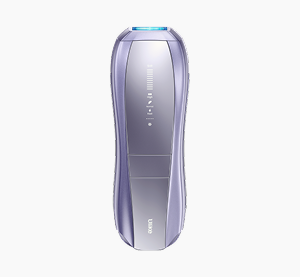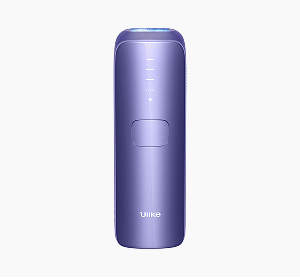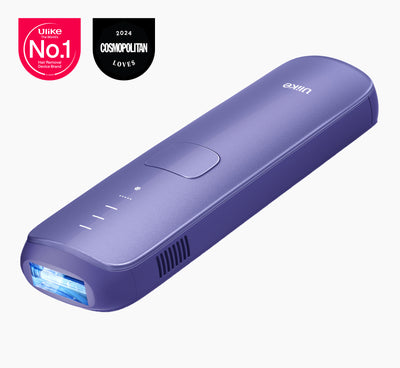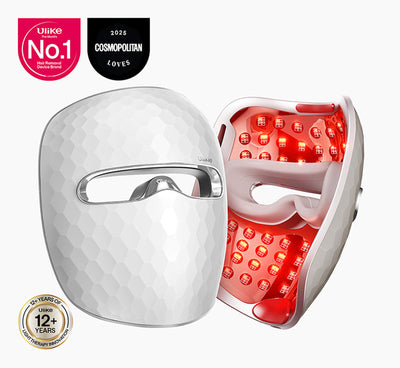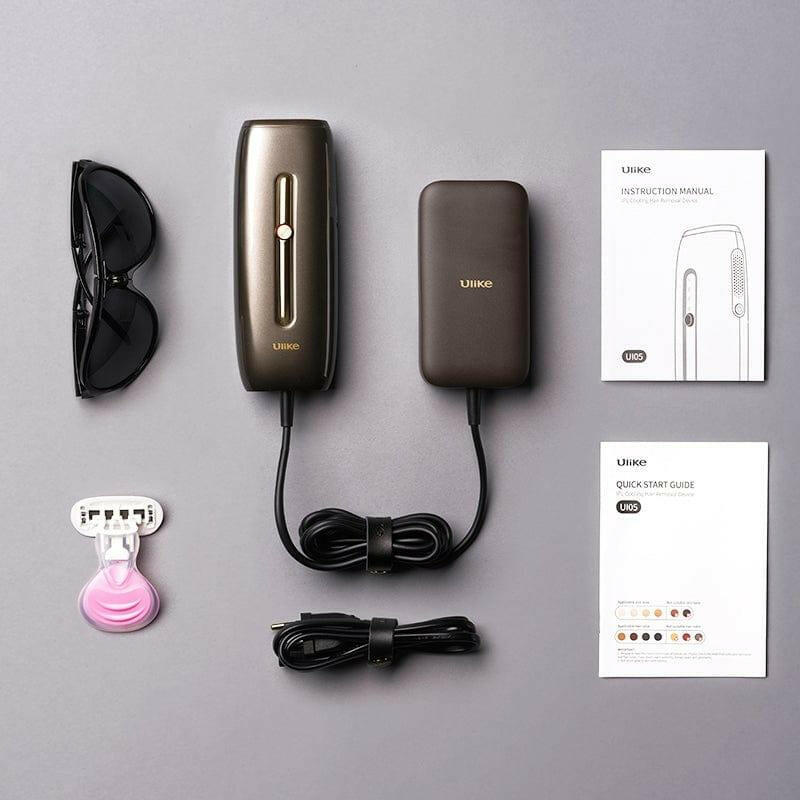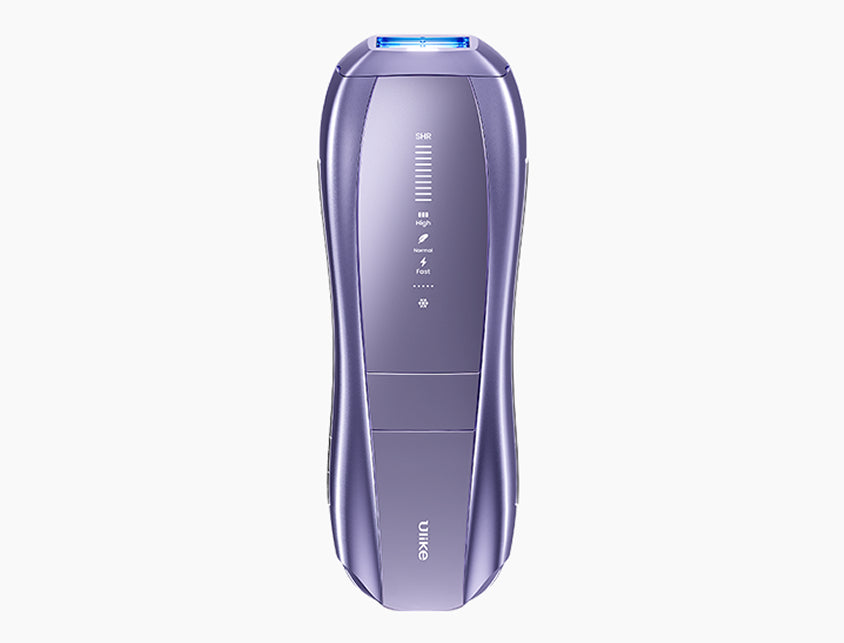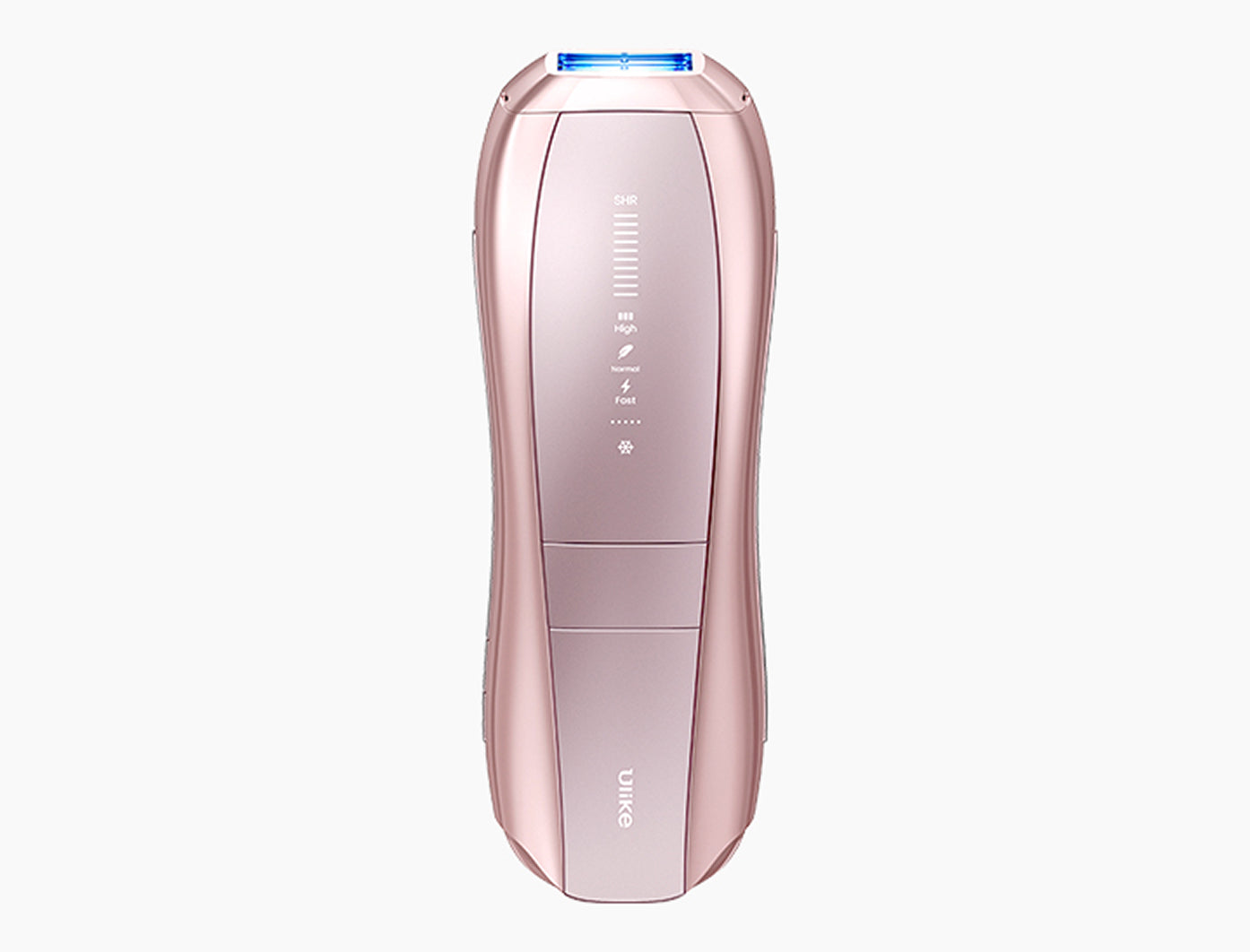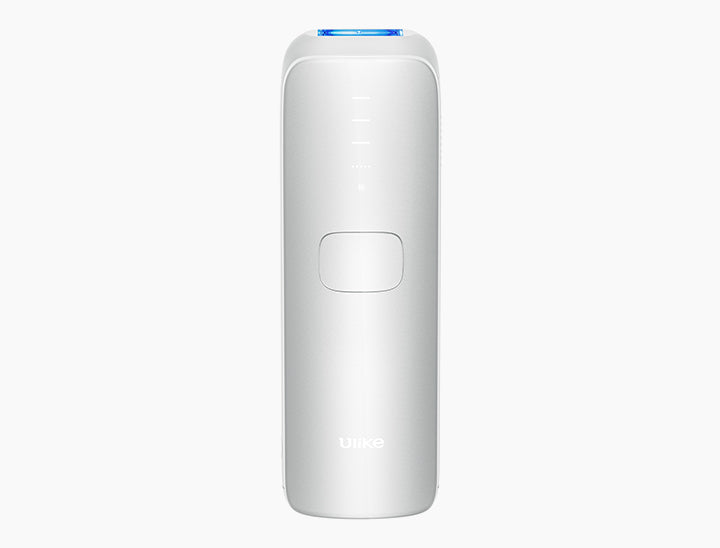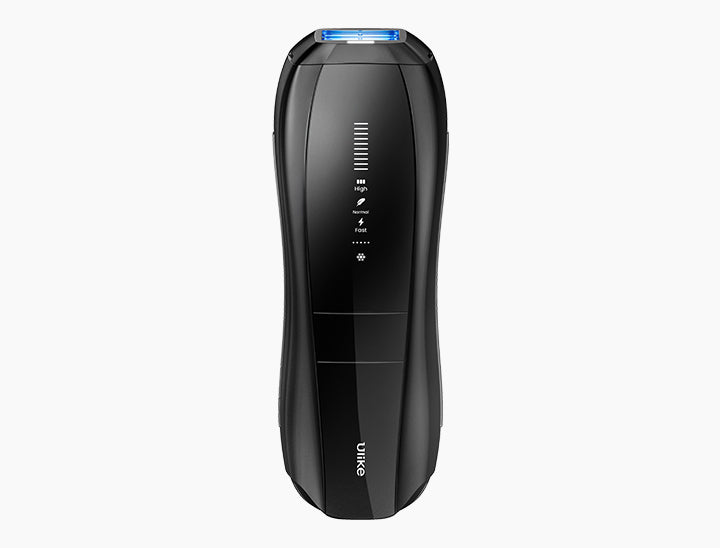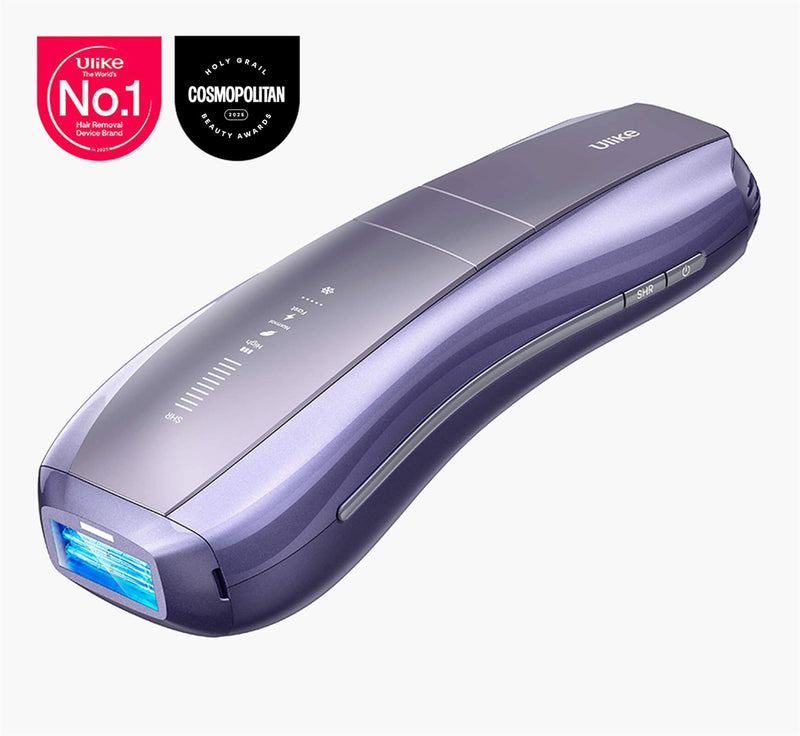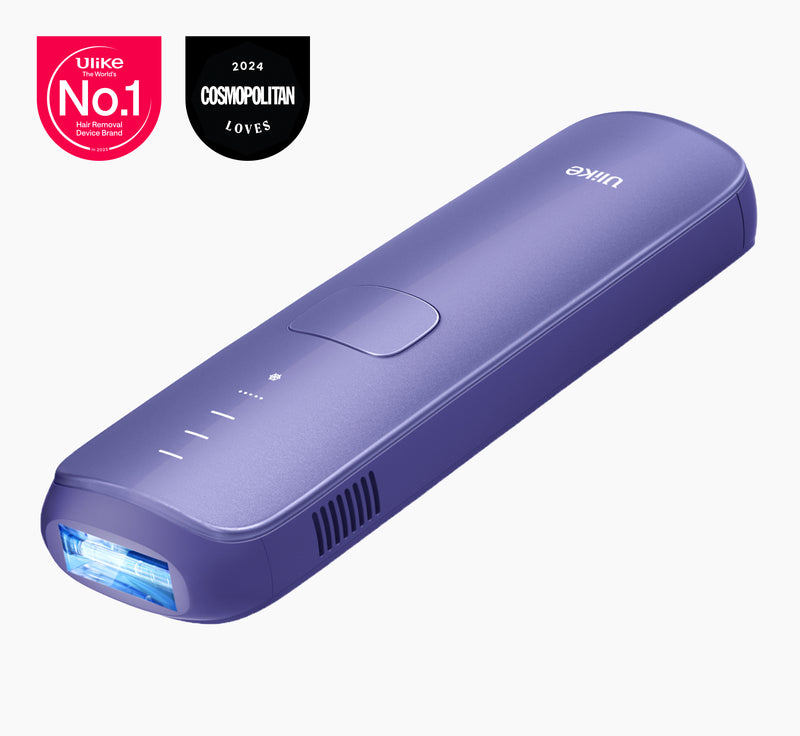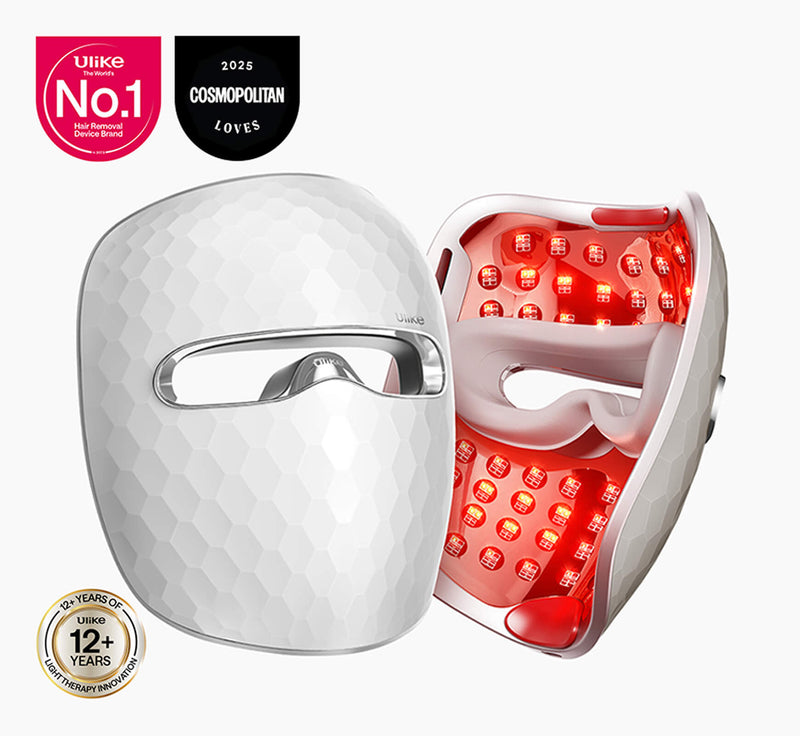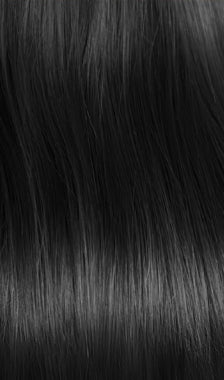Cutting your skin while shaving is not something rare. No matter how much you try to be careful, you still usually end up getting shaving cuts. Also, even though shaving cuts don’t seem that deep, they often bleed a lot.
This is because of cutting the tiny blood vessels near your skin while shaving, so even small nicks bleed profusely.
Shaving cuts can lead to bleeding because they damage small blood vessels close to the skin surface. Understanding this can help you take better precautions while shaving.
Regardless, there is nothing to be scared of. There are many tricks to help heal these cuts and stop them from bleeding. This article will walk you through the multiple steps that should be taken after getting a cut and teach you how to stop a shaving cut from bleeding.
Table of Contents:
- Part 1: Immediate Steps to Take to Stop Bleeding from Shaving
- Part 2: Home Remedies to stop bleeding from shaving
- Part 3: How Long Does a Shaving Cut Take to Heal?
- Part 4: What if Shaving Cut Bleeding for Hours?
- Part 5: How to Not Cut Yourself When Shaving
- Part 6: Bonus: Switch to a Better Alternative for Hair Removal, IPL Hair Removal
Part 1: Immediate Steps to Take to Stop Bleeding from Shaving
First and foremost, as with most injuries, the first thing to remember is DON’T PANIC! Getting a shaving cut is usually not a serious incident. It is important to stay calm and think of how you can handle the situation. The basic – and easiest – solution to deal with a shaving cut is to follow the steps below:
STEP 1: Soak a towel in warm water and press it over the cut for almost a minute. This will help calm the nerves while cleaning the cut as well.
Applying a warm towel can also promote blood flow to the area, aiding in faster healing.
STEP 2: Apply a small amount of any alcohol-based disinfectant on the cut. If you don’t have a specific product, you can even use a toner or sanitizer, etc.
Using a disinfectant helps ensure the cut remains clean, reducing the risk of infection as it heals.
STEP 3: Once clean, place a cold press or ice over the shaving cut for 15-20 seconds. This will help stop the bleeding immediately.
The cold press not only helps with bleeding but can also provide pain relief by numbing the area.
STEP 4: Layer a small amount of petroleum jelly on the cut. This will create a “shield” that will help keep the blood from flowing out, while also preventing any bacteria from infecting the wound.
Pateing petroleum jelly can also assist in moisturizing the skin, promoting better healing conditions.
Part 2: Home Remedies to stop bleeding from shaving
- Aftershave lotion
One of the main components of most aftershaves is alcohol. Not only does this help disinfect but it also as an astringent, which helps stop the bleeding.
The astringent properties of aftershave can further assist in tightening skin and reducing blood flow to the area.
- Ice cubes
Ice cubes can be beneficial in reducing swelling in addition to stopping the bleeding.
Ice helps in stopping blood flow by constricting blood vessels. The cold also aids in clotting the blood faster. However, if you feel uncomfortable with the ice touching your skin, you can wrap it in a clean cloth before applying it to the cut.
- Lip balm
Lip balm or petroleum jelly makes a barrier on the shaving cut, stopping anything from entering or flowing out of the opening. This would not just stop the bleeding but also protect the wound from any infections caused by bacteria or dirt.
- Styptic pen
A styptic pen, or pencil, is made of aluminum sulfate, another natural product that has clotting properties. This is one of the most commonly used methods across the world for stopping a shaving cut from bleeding instantly.

- Caffeine
Caffeine is a great vasoconstrictor, i.e., it compresses the blood vessels to stop bleeding. Thus, you can apply ground coffee or tea (or tea bags) to benefit from the amazing blood-clotting properties of caffeine.
Caffeine's vasoconstrictive properties can be quite effective; applying it to a shaving cut may help reduce blood flow and promote quicker clotting.
- Witch-hazel
Witch-hazel is another natural astringent that constricts blood vessels, Most toners have witch-hazel as a main ingredient. You can use such products as a great alcohol-free alternative for treating your cut without making your skin dry.
Witch-hazel can soothe the skin while effectively aiding in the healing process, making it a popular choice for after-shave care.
- Alum block
Alum blocks are commonly used as a natural astringent, which can help tighten the skin and reduce bleeding.
Alum has been used for disinfecting nicks and cuts for centuries. An alum block is a small crystal of potassium alum cut in a block for convenience. You can dampen it and apply the block directly to the skin for stopping blood flow, as well as soothing your skin after shave.

- Deodorant
Deodorant contains aluminum chloride, which is another vasoconstrictor that constricts bleeding. They also include anti-bacterial ingredients that help in disinfecting the wound.
In addition to its vasoconstrictor properties, deodorant can provide a protective barrier that may prevent further irritation.
- Moisturizer
A light moisturizer is great to help soothe the burning caused by shaving cuts. It can also help tackle the dryness that is usually caused by alcohol-based disinfectants.
Using a light moisturizer after applying disinfectants can be beneficial for maintaining skin health and comfort.
- Cayenne pepper
Cayenne pepper contains capsaicin, which may help reduce pain and promote healing when applied topically in small amounts.
Cayenne pepper is a centuries-old remedy used to stop bleeding. Its active ingredient, capsaicin, aids in blood clotting and controlling its flow. You can just sprinkle a pinch of cayenne pepper on the shaving cut to stop it from bleeding in no time at all.
Part 3: How Long Does a Shaving Cut Take to Heal?
If you got a small cut from shaving, it might start healing in just 5 to 10 minutes. However, deeper cuts can take much more time to heal, ranging from 2 days to even a few weeks. The healing time also mainly depends on your genes and how much time your body takes to heal wounds.
If you want the cut to heal quicker, you can start by treating it right away. Disinfect it properly, apply a vasoconstrictor, and don’t forget to apply an antibiotic appointment regularly until the wound heals completely. In case the cut has started healing in days or starts to get infected, it is suggested to get immediate medical attention. Furthermore, if your blood doesn’t clot naturally because of some medical issue, you should also get professional medical help as soon as you get the cut to prevent any serious problems.
Part 4: What if Shaving Cut Bleeding for Hours?
There is a common possibility that your cut might not stop bleeding immediately. This is because you might cut multiple layers of your skin with a razor blade while shaving. Nevertheless, if this usually happens to you, you may need to check if you are shaving improperly, such as pressing the razor too hard or using a dull blade. In case you keep cutting a mole or acne, you might bleed profusely as well.
In case, you get a shaving cut that is bleeding a lot, try applying pressure, or pressing an ice cube on it until it stops. You can then put a bandaid over it to protect the open wound and stop yourself from touching it. However, if the bleeding still doesn’t stop or the cut is much larger than what you can confidently treat yourself, it is better to seek medical assistance. There are slight chances that you might also need stitches to help close the wound. Remember that in case you see any signs of infection in the cut, such as puss, redness, swelling, or pain, get medical aid immediately.
Part 5: How to Not Cut Yourself When Shaving
If you are constantly getting cuts every time you shave, it is time to make some changes to your routine.
If you find yourself frequently cutting yourself while shaving, it may indicate the need to reassess your shaving techniques and tools.
Here are a few tips you can use,
1. Use a Safety Razor:
Firstly, use a safety razor that has some kind of protection between your skin and the blade. Using an electric razor is also a great alternative to safety razors. Also, make sure to always go for wet shaving.
Choosing a safety razor with protective features can significantly reduce the risk of cuts during shaving.
2. Avoid Dull Razors:
It goes without saying that the sharpness of your blade is an important bit to remember. A dull blade means scraping it against your skin, leading to a few minor nicks.
Using a sharp blade ensures a smoother shave and minimizes the chances of nicks and cuts.
3. Shave in the Direction of Your Hair Growth:
Regarding the technique of your shave, the main technique that the experts recommend is shaving in the direction of your hair growth. This will ensure a close shave while preventing ingrown hairs (with irritation making it hardly a safe shave).
4. Use Adequate Pressure:
Also, just let the razor do the work – there should not be too much pressure, nor should you block its path across your skin; either act will probably get you a cut.
Applying the right amount of pressure while shaving helps prevent accidental cuts and promotes a safer shaving experience.
Part 6: Bonus: Switch to a Better Alternative for Hair Removal, IPL Hair Removal
There’s another way though to escape the risk of wounds and get that hairless silky skin without the fear of cuts. You can use an at-home IPL device to reduce your body hair – without the chances of getting any nicks or pain.
Ulike Air 3 is the perfect example of such a device. It offers a pain-free experience for 90% hair reduction with visible results after just 2 weeks.
Considering alternatives like IPL hair removal can provide a longer-lasting solution with less risk of cuts compared to traditional shaving methods.
Its Sapphire Ice-Cooling Technology and a built-in UV filter ensure an ultra-safe hair removal that will last you for months.
IPL Hair Removal is an effective alternative that can provide long-lasting results, making it a popular choice for many seeking to manage hair growth.

Conclusion
Shaving is among the easiest methods of hair removal, but it doesn’t have to be the riskiest. While getting cuts while shaving is relatively common, it isn’t that difficult to help heal it. You can stop a shaving cut from bleeding by using an alum stick or other astringent to disinfect the wound and halt blood flow, or you can use other home remedies to treat the cut. Using a sharp blade and proper shaving technique can avoid cuts in the first place, giving you the clean shave you seek without the mess.

